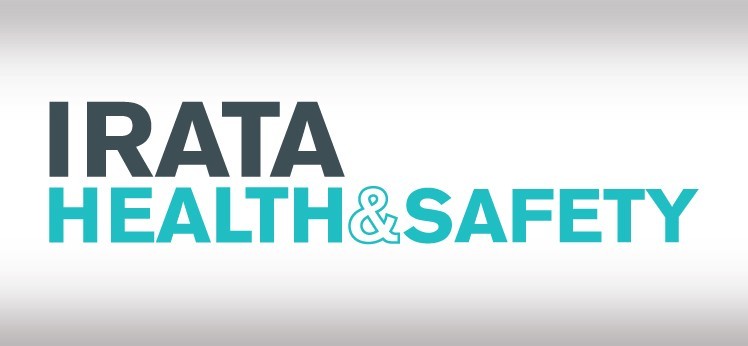Confined spaces are enclosed or partially enclosed areas not designed for continuous occupancy, often with access and egress limitations, which present distinct challenges in rope access operations. Workers in these environments face potential risks, such as oxygen deficiency, toxic atmospheres, and physical engulfment. IRATA has released a case study exploring the complexities encountered by a rope access team operating within confined shafts in Safety Bulletin No. 50.
The case study highlights how the considerations in operational planning and ongoing dynamic risk assessment were essential in ensuring a safe outcome for the task when presented with unpredictable conditions.
Despite robust plans that included gas monitoring, forced ventilation, and emergency drills, the team encountered an unexpected rush of gas during work on one of the shafts. This exposure quickly affected nearby workers who experienced symptoms of nausea, prompting an immediate evacuation and medical assessment, which helped avoid further risk. The event emphasises the potential for sudden unforeseen hazards in confined spaces.
Challenges like restricted movement, complex rescue, and reliance on specialised equipment and communication methods in confined areas are compounded by the potential for hazardous gas buildup, as in this case. These conditions underscore the importance of comprehensive preparation and dynamic risk assessments for a safe job outcome.
For a complete look at the findings from this case study and the safety protocols that the team engaged, download IRATA Safety Bulletin No. 50. here. It includes insights on essential control measures, from atmospheric monitoring to effective rescue planning, and is a helpful resource for managing confined space risks in rope access work.
We thank our member company for sharing these valuable insights.

